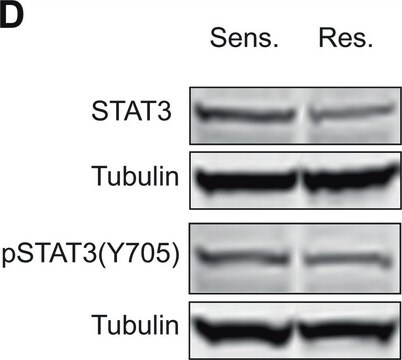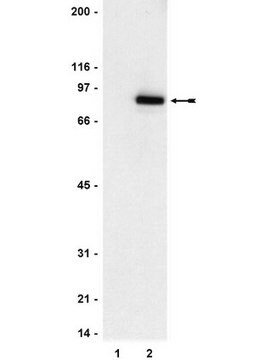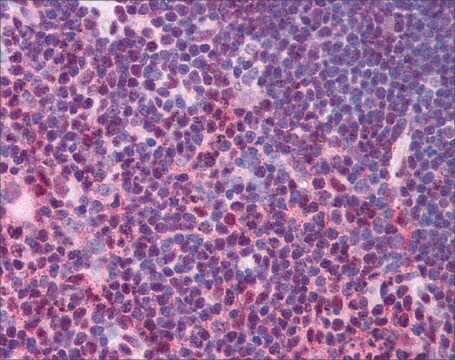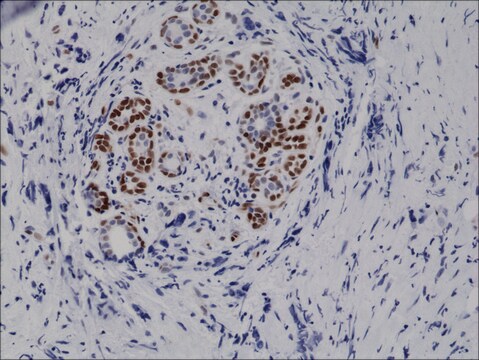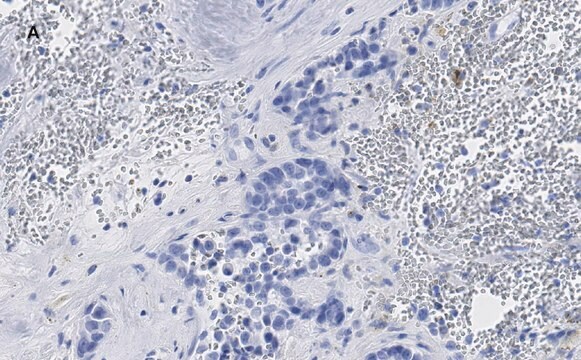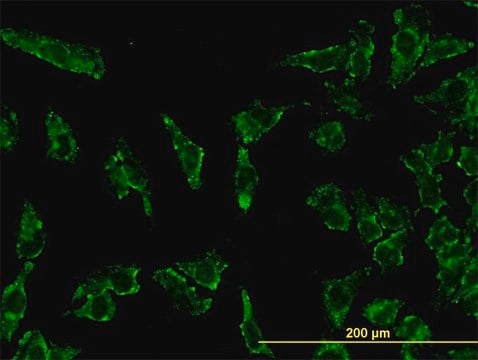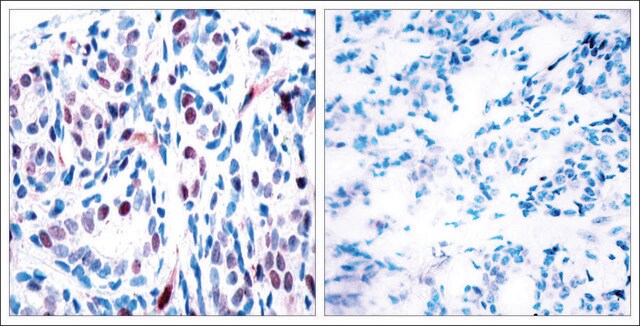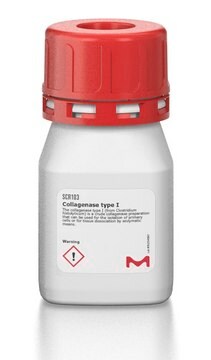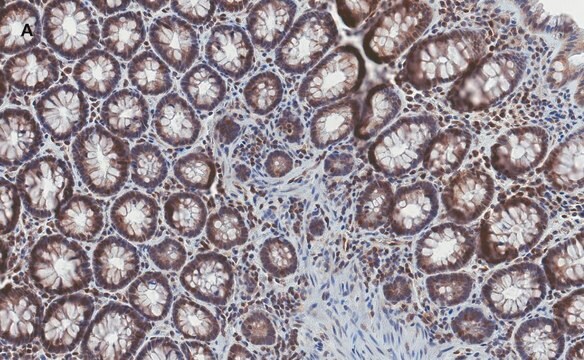S5933
Anti-STAT3 antibody produced in rabbit
IgG fraction of antiserum, buffered aqueous solution
About This Item
IP
WB CL
immunoprecipitation (IP): 4 μg using STAT3 from 0.5–1 mg of an EGF stimulated human A431 cell lysate
western blot (chemiluminescent): 0.5-2 μg/mL using lysates from EGF stimulated human A431, mouse WEHI and rat L6 cells
Recommended Products
biological source
rabbit
Quality Level
conjugate
unconjugated
antibody form
IgG fraction of antiserum
antibody product type
primary antibodies
clone
polyclonal
form
buffered aqueous solution
mol wt
antigen 92 kDa
species reactivity
human, rat, mouse
technique(s)
immunocytochemistry: 10 μg/mL using A431 cells
immunoprecipitation (IP): 4 μg using STAT3 from 0.5–1 mg of an EGF stimulated human A431 cell lysate
western blot (chemiluminescent): 0.5-2 μg/mL using lysates from EGF stimulated human A431, mouse WEHI and rat L6 cells
UniProt accession no.
shipped in
dry ice
storage temp.
−20°C
target post-translational modification
unmodified
Gene Information
human ... STAT3(6774)
mouse ... Stat3(20848)
rat ... Stat3(25125)
General description
Specificity
Immunogen
Application
Biochem/physiol Actions
Physical form
Disclaimer
Not finding the right product?
Try our Product Selector Tool.
Storage Class Code
10 - Combustible liquids
WGK
nwg
Flash Point(F)
Not applicable
Flash Point(C)
Not applicable
Regulatory Listings
Regulatory Listings are mainly provided for chemical products. Only limited information can be provided here for non-chemical products. No entry means none of the components are listed. It is the user’s obligation to ensure the safe and legal use of the product.
JAN Code
S5933-200UG-PW:
S5933-.1MG:
S5933-200UG:
S5933-VAR:
S5933-BULK:
Choose from one of the most recent versions:
Already Own This Product?
Find documentation for the products that you have recently purchased in the Document Library.
Customers Also Viewed
Articles
Cancer stem cell media, spheroid plates and cancer stem cell markers to culture and characterize CSC populations.
Our team of scientists has experience in all areas of research including Life Science, Material Science, Chemical Synthesis, Chromatography, Analytical and many others.
Contact Technical Service